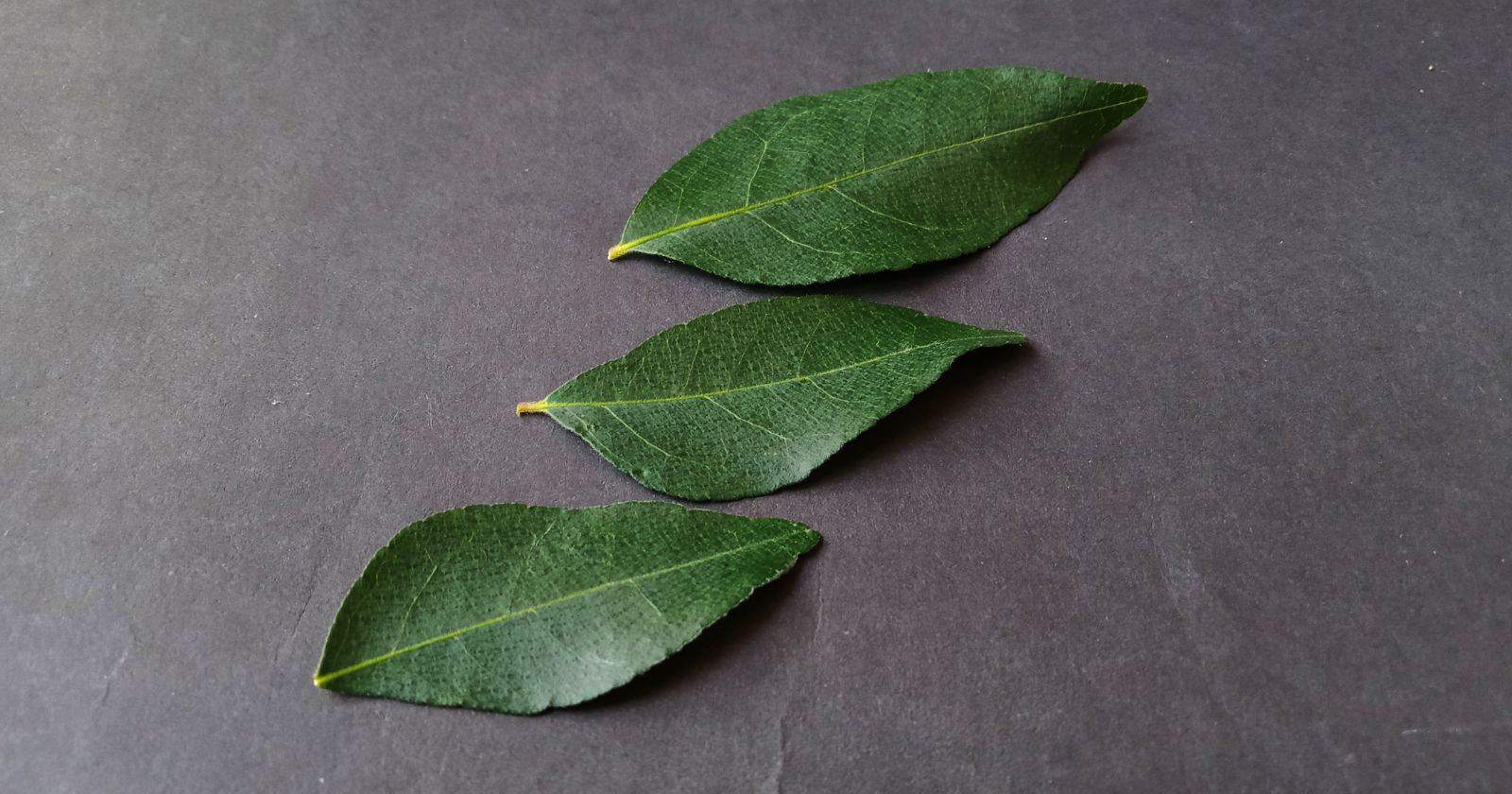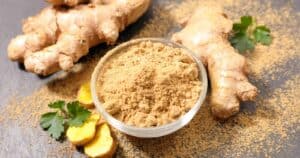Are you tired of your bland meals lacking flavor? Do you struggle to come up with exciting new recipes?
Look no further than curry leaf, the secret ingredient that can take your cooking to the next level.
Curry leaf, also known as kadi patta or Murraya koenigii, is a staple in Indian cuisine and is often used for its distinct aroma and flavor. Not only does it add a delicious taste to dishes, but it also has numerous health benefits, such as aiding digestion and reducing inflammation.
In this blog post, we will explore the history and origin of curry leaf, their nutritional value, and how you can incorporate it into your cooking.
Stay tuned to discover the wonders of curry leaves and revolutionize your cooking game.
What Is Curry Leaf: Origins, Appearance, And Flavor
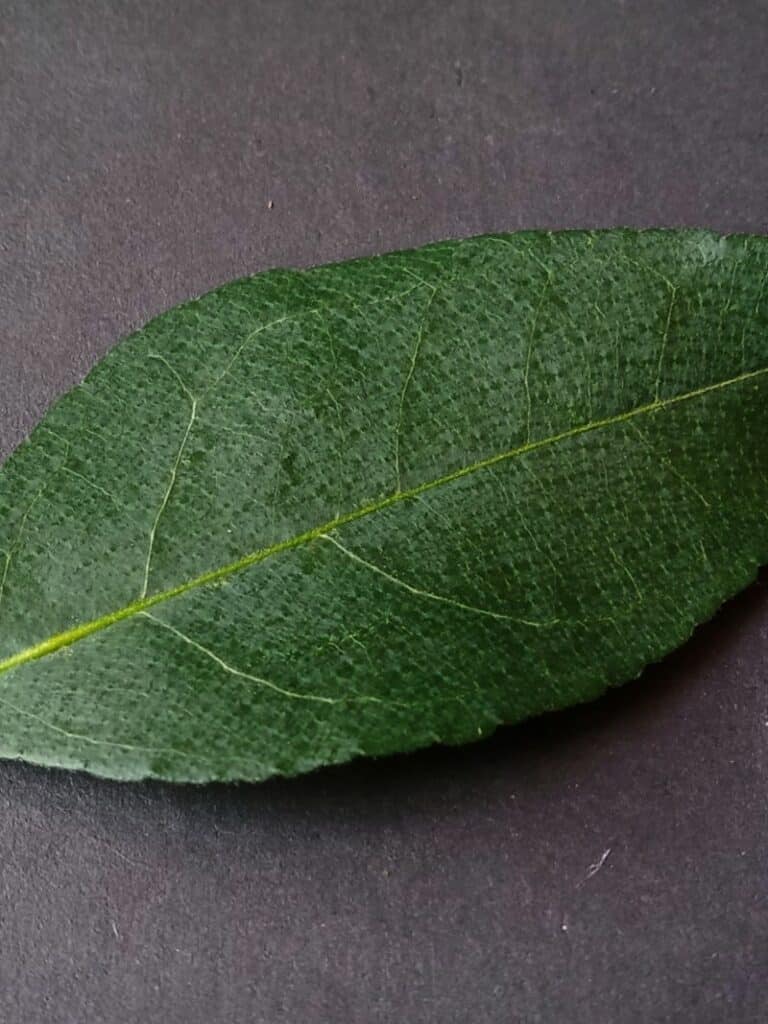
Curry leaf is a unique member of the citrus family and is widely used in South Asia as a flavor enhancer. The leaves are used fresh and are glossy, bright green.
The flavor of the curry leaf itself is compared to citrus but with underlying spices such as chili, garlic, and ginger. While the fruits of the curry plant are somewhat bitter and pungent, the leaves provide an intense flavor.
In Ayurvedic medicine, curry leaves are believed to have many restorative benefits. It’s widely used as a digestive aid to treat vomiting and diarrhea.
When taken regularly, curry leaf has also been known to improve circulation and overall health.
The Health Benefits Of Curry Leaf In Your Diet
Curry leaf is a great addition to many dishes and an excellent way to get extra nutrition.
Not only are curry leaves packed with antioxidants, but consuming them may also benefit heart health.
Here are some Curry Leaves Benefits:
- Curry leaves are rich in antioxidants that help prevent oxidative damage to the body.
- They are a good source of iron, essential for forming red blood cells and hemoglobin.
- Curry leaves help control diabetes by regulating blood sugar levels in the body.
- They aid digestion and improve gut health by promoting the growth of beneficial gut bacteria.
- Curry leaves contain anti-inflammatory properties that alleviate inflammation and pain in the body.
- They help in reducing cholesterol levels and promote heart health.
- Curry leaves are beneficial for hair health as they prevent premature greying, hair fall, and dandruff.
- They possess antimicrobial properties that help fight infections caused by bacteria, viruses, and fungi.
- Curry leaves also exhibit anti-carcinogenic properties that prevent the growth of cancer cells in the body.
- They are natural detoxifier that helps eliminate toxins from the body and purify the blood.
Using Curry Leaf In Indian And South Asian Cuisine
Curry leaves can be used in various ways – think sautéing them in ghee for a toasty flavor or tempering them for a savory base.
Here are a few of the finest curry leaf recipes and dishes that feature curry leaf.
Curry Leaf Rice
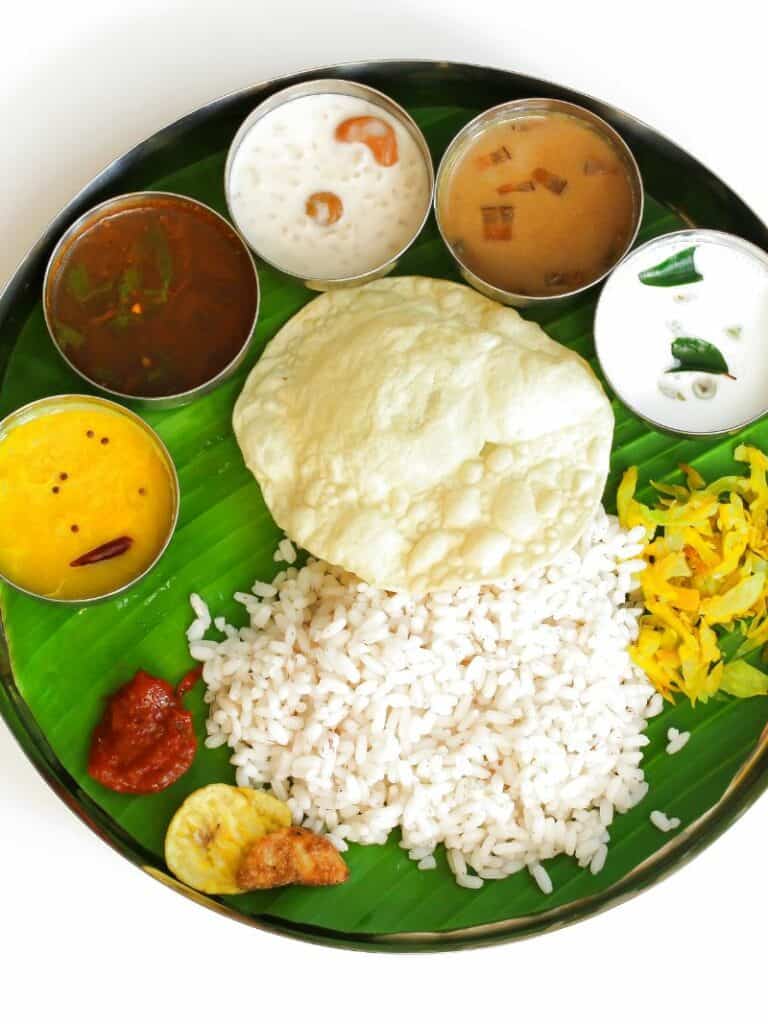
Curry leaf rice is a tasty side dish that can be served with any main course. The combination of fragrant spices and fresh curry leaves gives this dish a unique flavor.
South Indian-Style Fish Curry

This is a traditional South Indian recipe that uses a lot of different spices and herbs, including curry leaves. The curry sauce is thick, rich, and flavorful, making it an excellent side dish for rice or bread.
Curry Leaf Chutney
This tangy and delicious condiment may be used as a dip or spread. It’s simple to make by combining coconut, roasted chana dal, green chilies, and fresh curry leaves.
Carrot Sambar
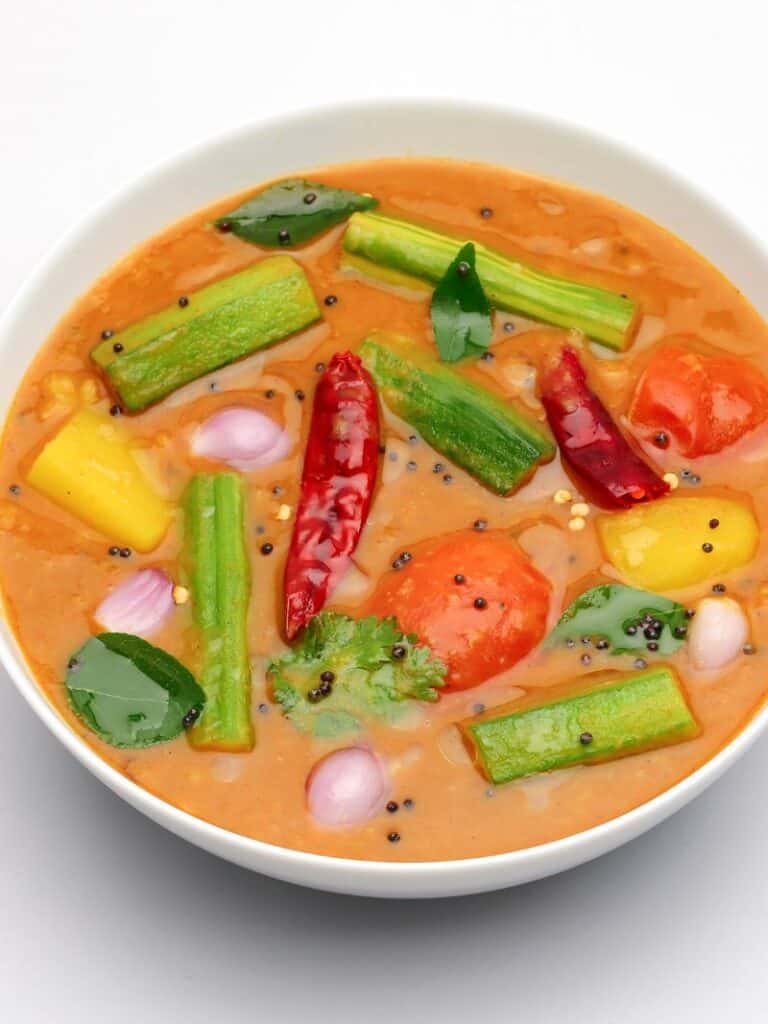
Sambar is a famous South Indian stew that is made with lentils and a variety of vegetables. Carrot sambar, in particular, is incredibly tasty thanks to the inclusion of curry leaves.
How to Prepare and Use in Cooking (Tips and Tricks)
Curry leaves are an essential ingredient in many Indian dishes, providing a unique aroma and flavor that cannot be replicated with any other herb.
Here’s how to prepare curry leaves and some tips and techniques for storing and using them in cooking.
Preparation
- Wash the curry leaves and pat them dry with a paper towel or kitchen cloth.
- Check for any damaged or discolored leaves and remove them.
- If you need to chop the curry leaves, bundle them together and chop them into small pieces using a sharp knife.
Storing
Curry leaves can be stored in an airtight container or a resealable plastic bag and stored in the fridge for up to one week.
Alternatively, you can freeze curry leaves for up to six months. Spread them out on a flat surface and freeze them before transferring them to a container or bag.
Cooking
Curry leaves can be used in various Indian dishes, ranging from curries and soups to chutneys and
Add curry leaves to hot oil when frying spices for a dish. This will help release their natural flavors and aromas.
You can also infuse curry leaves into dishes by adding them to a pot of boiling water or hot oil and letting them steep for a few minutes before adding the rest of the ingredients.
Finally, curry leaves make an excellent garnish for many dishes, adding a pop of color and flavor to your plate.
Simply sprinkle a few leaves over your finished dish for a beautiful finishing touch.
Where to Buy Curry Leaf
They are fresh or dried in many grocery stores, Indian markets, and specialty stores.
Fresh curry leaves can be stored in the refrigerator for up to two weeks but can also be frozen for longer use.
Dried leaves can last several months and be added to dishes directly or crumbled into recipes. Online retailers like Amazon also carry curry leaves and can deliver them to your doorstep.
Additionally, if you live in an area with a sizeable Indian community, you may be able to find curry leaves at local markets.
Curry Leaf Substitutes
You can substitute curry leaves with other herbs and spices; here are some ideas:
Fenugreek leaves
These are often used in Indian cooking and have a slightly bitter taste that complements curries.
Bay leaves
Bay leaves add a slightly sweet, herbal flavor to dishes, and are commonly used in soups and stews.
Cilantro
This herb has a citrusy, slightly tangy flavor that pairs well with curries.
Basil
Basil has a sweet, slightly minty flavor that can give a curry a fresh, summery taste.
Lemon or lime zest
Grated zest from lemons or limes adds a citrusy flavor and aroma to dishes that can complement a curry.
Kaffir lime leaves
These have a strong citrusy flavor similar to curry leaves and are commonly used in Thai and Indonesian cuisine.
Rosemary
This herb has an earthy, piney flavor that can be a good substitute for curry leaves in certain dishes.

